We break down a new cyberespionage campaign deployed by a cybercriminal group we named Earth Estries. Analyzing the tactics, techniques, and procedures (TTPs) employed, we observed overlaps with the advanced persistent threat (APT) group FamousSparrow as Earth Estries targets governments and organizations in the technology sector.
Earlier this year, we discovered a new cyberespionage campaign by a hacker group we named Earth Estries. Based on our observations, Earth Estries has been active since at least 2020. We also found some overlaps between the tactics, techniques, and procedures (TTPs) used by Earth Estries and those used by another advanced persistent threat (APT) group, FamousSparrow.
From a general overview of the tools and techniques used in this ongoing campaign, we believe the threat actors behind Earth Estries are working with high-level resources and functioning with sophisticated skills and experience in cyberespionage and illicit activities. The threat actors also use multiple backdoors and hacking tools to enhance intrusion vectors. To leave as little footprint as possible, they use PowerShell downgrade attacks to avoid detection from Windows Antimalware Scan Interface’s (AMSI) logging mechanism. In addition, the actors abuse public services such as Github, Gmail, AnonFiles, and File.io to exchange or transfer commands and stolen data.
This active campaign targets organizations in the government and technology industries based in the Philippines, Taiwan, Malaysia, South Africa, Germany, and the US. We detail our findings and technical analysis in this entry to guide security teams and organizations in reviewing the status of their respective digital assets and for them to enhance their existing security configurations.
Infection vector
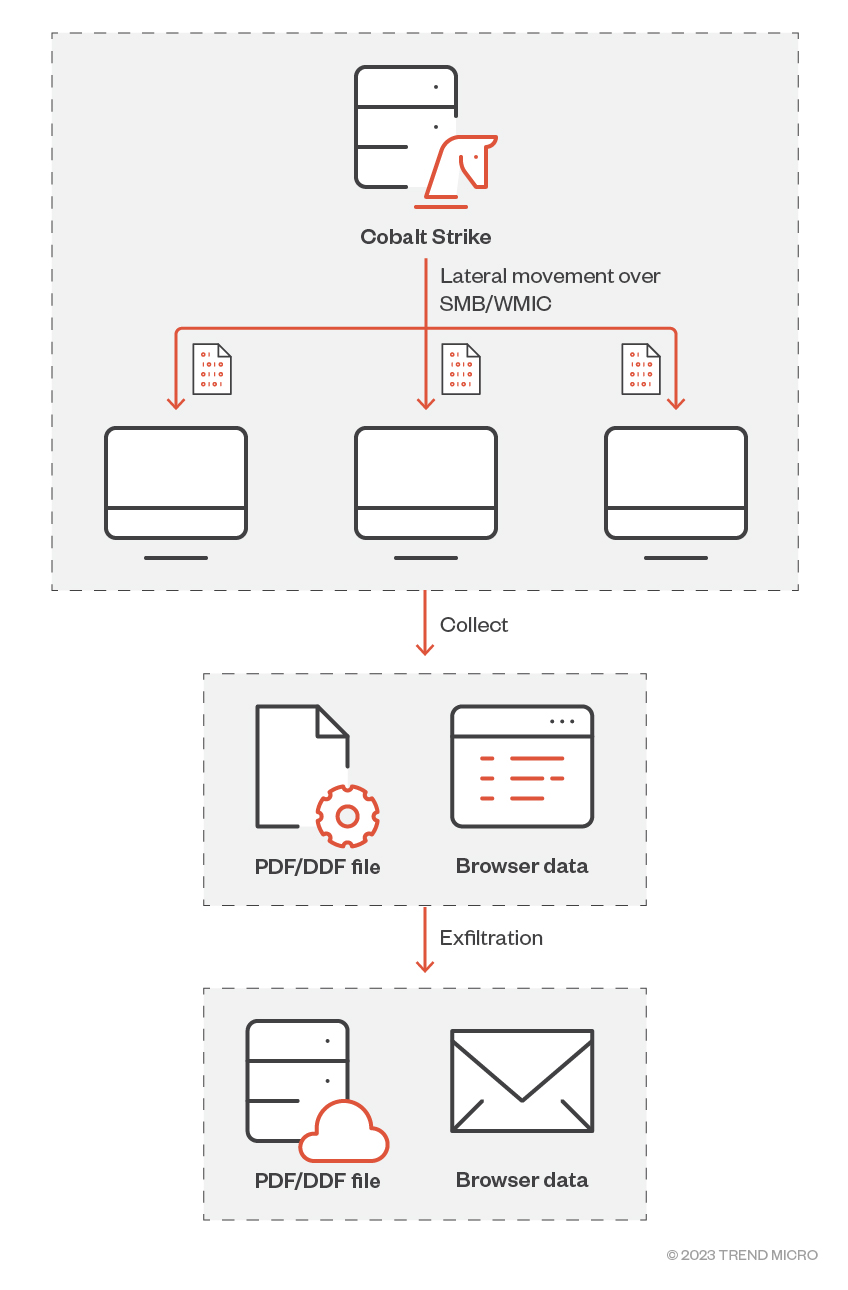
We found Earth Estries compromising existing accounts with administrative privileges after it successfully infected one of the organization’s internal servers. By installing Cobalt Strike on the system, the actors behind Earth Estries were able to deploy more pieces of malware and perform lateral movement. Through the Server Message Block (SMB) and WMI command line (WMIC), the threat actors propagated backdoors and hacking tools in other machines in the victim’s environment. At the end of each round of operations in a series of deployments, they archived the collected data from a specified folder. According to our samples and analysis, the threat actors targeted PDF and DDF files, which the actors uploaded to online storage repositories AnonFiles or File.io using curl.exe.
We also noted that the threat actors regularly cleaned their existing backdoor after finishing each round of operation and redeployed a new piece of malware when they started another round. We believe that they do this to reduce the risk of exposure and detection.
Backdoor and hacking tools
We observed the threat actors using various tools in this campaign, including information stealers, browser data stealers, and port scanners, among others. In this section, we focus on newly discovered and noteworthy toolsets and discuss their technical details.
Zingdoor
Zingdoor is a new HTTP backdoor written in Go. While we first encountered Zingdoor in April 2023, some logs indicate that the earliest developments of this backdoor took place in June 2022. However, it had rarely been seen in the wild and had only been observed being used in a limited number of victims, likely as a newly designed backdoor with cross-platform capabilities. Zingdoor is packed using UPX and heavily obfuscated by a custom obfuscator engine.
We noted that Zingdoor adopts anti-UPX unpacking techniques. Generally, the magic number of UPX is “UPX!”, but in this case it was modified to “MSE!”, and the UPX application cannot unpack this modified file. This technique is easy and in internet of things (IoT) types of malware, but it is considered rare in APT activities.
Zingdoor was disguised as mpclient.dll and designed to run via DLL sideloading by abusing Windows defender binary MsSecEs.exe. Upon running the executable, Zingdoor registers the current parent process as a Windows service with the name “MsSecEsSvc” for persistence and starts it. As a service process, Zingdoor connects and waits for a command from the command-and-control (C&C) server. Based on the functions defined in the backdoor, it supports the following capabilities:
- Get system information
- Get Windows service information
- Disk management (file upload/download, file enumeration)
- Run arbitrary commands
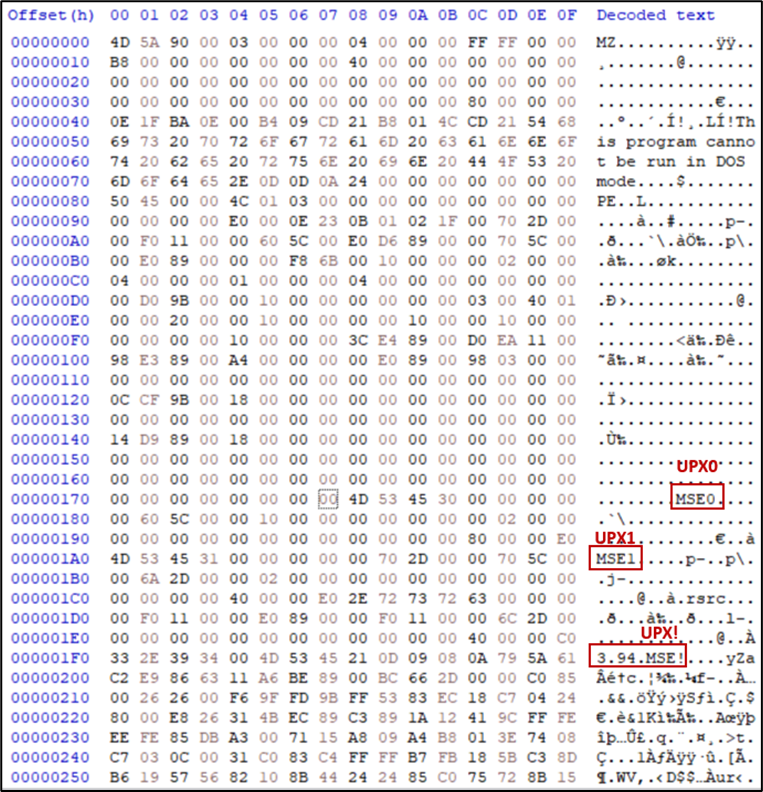
TrillClient
TrillClient toolset is an information stealer designed to steal browser data, and is packed in a single cabinet file (.cab) and extracted through the utility application expand.exe. The CAB file contains a TrillClient installer and a stealer. Based on different arguments, the installer performs the following behaviors:
| Argument | Description |
|---|---|
| -install | Installs itself as Windows service Net Connection |
| -start {victim id} |
|
| -remove | Cleans up the installation (Deletes the service) |
As TrillClient is a custom browser data stealer written in Go, it is heavily obfuscated by a custom obfuscator for anti-analysis. Once launched, it looks for the victim list, 7C809B4866086EF7FB1AB722F94DF5AF493B80DB created by the installer. Afterward, it connects to a GitHub repository to retrieve the command for the next set of actions. The repository address is hard-coded in the malware as follows: hxxps://raw[.]githubusercontent[.]com/trillgb/codebox/main/config.json.
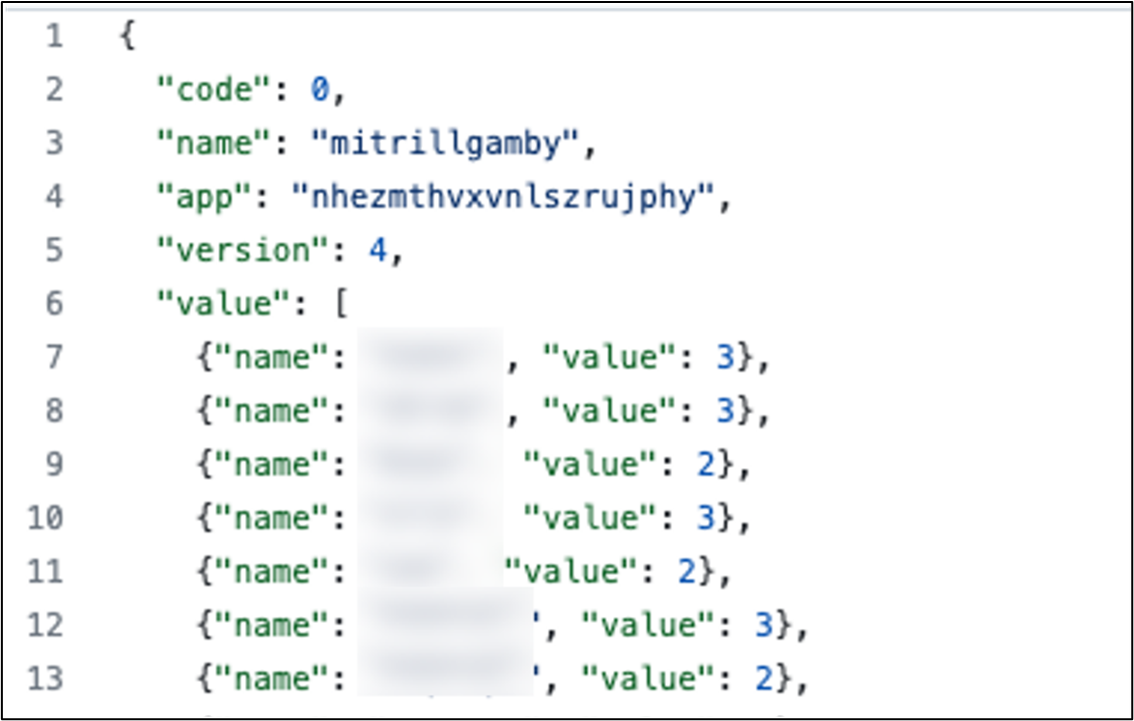
Value.name is the victim ID, while value.value is a command. After receiving this configuration, TrillClient looks for its own victim ID in the value.name list, and performs malicious activities based on the command defined by value.value. TrillClient supports the following commands:
| Command | Function |
|---|---|
| 1 | Does nothing |
| 2 | Starts to collect browser credentials |
| 3 | Schedules a task to collect browser credentials by 12 p.m. today or tomorrow |
| 4 | Starts to collect browser credentials after some time (no definite duration, estimated to be a random number of seconds) |
TrillClient steals the sensitive data found in the following directories:
- %LOCALAPPDATA%GoogleChromeUser DataLocal State
- %LOCALAPPDATA%GoogleChromeUser Data<PROFILE>Login Data
- %LOCALAPPDATA%GoogleChromeUser Data<PROFILE>NetworkCookies
- %APPDATA%MicrosoftProtect*
The collected data will be temporarily copied to <%TEMP%browser_temp_data<RANDOM>>, archived usingthe .tar command, and encrypted with an XOR algorithm. Then the collected data will be sent to the threat actor’s email account trillgamby@gmail[.]com over SMTP (Simple Mail Transfer Protocol). Another noteworthy capability of TrillClient is its ability to update its version. As the value of “version” defined in the downloaded config is newer than the current version number, it will download the newer one from the GitHub repository and update itself.
HemiGate
HemiGate is a backdoor used by Earth Estries. Like most of the tools used by this threat actor, this backdoor is also executed via DLL sideloading using one of the loaders that support interchangeable payloads. K7AVMScn.exe from K7 Computing is the sideloading host utilized by this backdoor, while the loader poses as K7AVWScn.dll. The main backdoor is an encrypted file named taskhask.doc, and another encrypted file named taskhask.dat serves as the configuration file.

HemiGate communicates to its C&C server over port 443 and performs a connection via proxy if required by the environment. The C&C server is retrieved from the configuration file, which mainly contains C&C server and port combinations. The config file is decrypted using RC4 encryption with the key 4376dsygdYTFde3. This RC4 key is also used in other encryption/decryption functions performed by the backdoor in most of its routines. Communication with the server is performed using POST method, using the following predefined header:
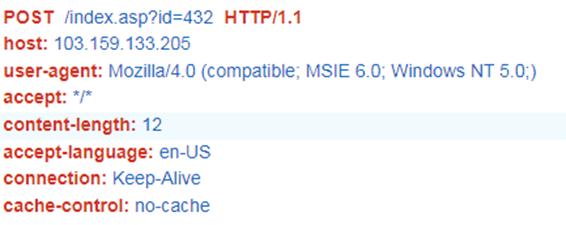
HemiGate executes in three instances:
- First instance. This instance is launched without any parameter. Its main purpose is to install startup mechanisms and execute the second instance. This instance will terminate once its purpose is finished.
- Startup 1. An entry in the autostart registry named “Windrive” is created.
- Startup 2. A service called “Windrive” with the full service name “Windows Drive Security” is created as another startup mechanism.
- Second instance: Executed with the /a argument, this instance is responsible for reading the config file and communicating with the C&C server. It also serves as the launcher and will communicate with the third instance via named pipes. In addition, the second instance performs the following functions:
- Updates the configuration
- Receives the data captured by the keylogger function via pipe and logs it into a file
- Serves as watchdog for the third instance
- Directly executes backdoor commands if the parameter is satisfied or if the pipe communication fails
- Passes backdoor command execution to the third instance if the parameter from the C&C is true and the pipe communication is successful
- Executes a full uninstall if the command is received from the C&C
- Third instance. This instance is launched with the /u <PID of instance 2> argument. The following are its two main functions:
- Executes the keylogger routine and passes captured data to the second instance via pipe communication
- Keylogger communication is done via [.]pipeKey[500]
- Opens a pipe to receive and executes commands passed by the second instance
- Commands are received via [.]pipe<username>[<session number>]
- Executes the keylogger routine and passes captured data to the second instance via pipe communication
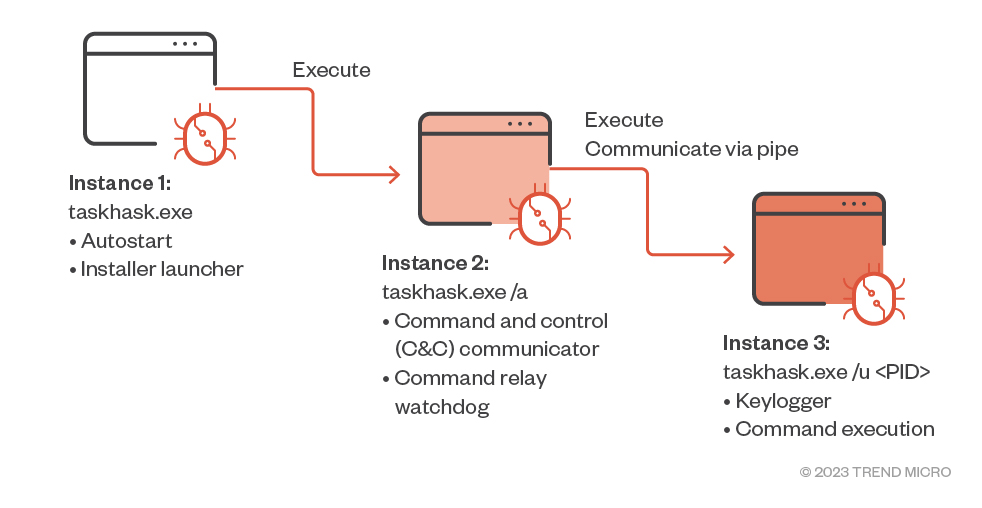
The keylogger feature utilizes a non-interactive static control window by creating a window with a predefined “static” class. A timer function is then used alongside a keyboard hook to log the keystrokes on an active window continuously, so long as the window remains active. The keystroke is logged using the following structure:
- User: Active user at the time of logging
- Title: Active window title
- Time: Time of the keystroke log (format: dd/mm hh:mm:ss)
- Key: Logged keystrokes
Aside from the keylogger, the following features are also available:
- Directory monitoring: Sets a directory notification handle to receive notifications for added files, deleted files, changes in files, and file name changes (records old and new names) in the target directory. The changes recorded are stored in the file named “fm.”
- File content read/write: Allows to write contents to a target file or to read the contents of the target file.
- File operations: Performs operations like enumerate drives, move, copy, rename, or delete files, create directories, or open files using their default applications.
- Shell: Launches an interactive command shell.
- CMD: Executes a command via cmd (one-time execution).
- Screenshot: Takes a screenshot of the active desktop window.
- Process monitor: Enumerates currently running processes and allows the termination of a target process.
Heavy use of DLL sideloading
We observed that Earth Estries relies heavily on DLL sideloading to load various tools within its arsenal. Aside from the backdoors previously mentioned, this intrusion set also utilizes commonly used remote control tools like Cobalt Strike, PlugX, or Meterpreter stagers interchangeably in various attack stages. These tools come as encrypted payloads loaded by custom loader DLLs.
A notable feature of the loaders used is that the decryption key is in the encrypted payload. We observed that this intrusion set utilizes the same loader file while loading a different payload in the same target environment.
During our investigation, we learned several sideloading combinations used by Earth Estries and enumerate them in the following table:
| Affected vendor | Legitimate executables | Sideloaded DLL |
|---|---|---|
| Canon Inc. | ijplmui.exe | IJPLMCOM.dll |
| Brother Industries Ltd (Signer: Dell Inc.) | brdifxapi.exe | brlogapi.dll / brlogapi64.dll |
| IObit Malware Fighter | imfsbCrypto.exe | imfsbDll.dll |
| K7 Computing Pvt Ltd | K7AVMScn.exe | K7AVWScn.dll |
| K7 Computing Pvt Ltd | K7TSVlog.exe | K7UI.dll |
| K7 Computing Pvt Ltd | K7SysMon.EXE | K7SysMn1.dll |
| Microsoft Corporation | iisexpresstray.exe | mscoree.dll |
| Netgate Technologies s.r.o. | seanalyzertool.exe | msimg32.dll |
| Oracle Corporation | jps.exe | jli.dll |
| iTop Inc. (Signer: Orange View Ltd) | graphics-check.exe (renamed as sfc.exe by attacker) | dxgi.dll |
| Xanasoft.com | SandboxieBITS.exe | SbieDll.dll |
By and large, the DLL sideloading attacks we’ve observed are against older versions of legitimate files, some even a decade old, in a bid to convert them into LOLBins. Attackers are using this opportunistic tactic in the hopes of them being ignored by security products. This situation makes it even more important to implement version controls and application baselines to detect anomalies and prevent attackers from gaining footholds in the enterprise environment.
C&C server infrastructure
We observed that some of the Cobalt Strike implants Earth Estries used utilized Fastly CDN service to hide the actual IP address. We’ve also previously observed the use of Fastly CDN in other campaigns by some APT41-related groups such as Earth Longzhi and GroupCC.
Looking into other Earth Estries’ C&C activities observed from their victims’ environments, we discovered some notable pieces of data in the registrant information as follows:
| Domain | Registrant information |
|---|---|
|
|
| cdn728a66b0.smartlinkcorp[.]net |
|
| cdn-6dd0035.oxcdntech[.]com | Organizaton: De Wang Mao Yi You Xian Gong Si (De Wang 貿易有限公司) |
| vultr-dns[.]com | Email: 3280132818@qq.com |
The domains observed in Table 4 were observed from real incidents. According to public repositories, those C&C domains share the same registrant information. We infer that the domains have preferences when it comes to registrant information. In addition, these domains share similar C&C address formats, some of which we observed while tracking their operations. While our investigation is ongoing to determine whether these domains and registrant data are related to the threat actors, we do know that these pieces of information can be used to pivot other related C&C domains, likely used by the same group.
Based on the registrant information, we found more records of the old domain registered by the threat actors.
| Domain keyword search: “De Wang Mao Yi You Xian Gong Si“ | ||
|---|---|---|
| Domain | Registered/First seen | Expires/ Last seen |
| rtsafetech.]com | Oct 8, 2022 | Oct 8, 2023 |
| keyplancorp[.]com | Dec 22, 2021 | Dec 16, 2023 |
| trhammer[.]com | Sep 5, 2022 | Jul 12, 2023 (Last seen) |
| rthtrade[.]com | Nov 23, 2021 | Nov 23, 2023 |
| smartlinkcorp[.]net | May 2, 2022 (First seen) | Jul 12, 2023 (Last seen) |
| oxcdntech[.]com | Feb 15, 2023 (First seen) | Jul 12, 2023 (Last seen) |
| rtwebmaster[.]com | Nov 20, 2021 (First seen) | Jul 12, 2023 (Last seen) |
| Domain keyword search: “3280132818@qq.com” | ||
|---|---|---|
| Domain | Registers | Expires |
| mncdntech[.]com | Jul 4, 2023 | Jul 4, 2024 |
| substantialeconomy[.]com | Jun 30, 2023 | May 25, 2024 |
| jptomorrow[.]com | Jun 19, 2023 | Apr 19, 2024 |
| vultr-dns[.]com | Jun 10, 2023 | Jun 10, 2024 |
| jttoday[.]net | May 21, 2023 | Mar 21, 2024 |
Checking all the domains, we observed that smartlinkcorp[.]net yielded the most information from public repositories and the threat intelligence community. Digging into the domain, we discovered a record of a related subdomain, “ns2.smartlinkcorp[.]net”. In addition, Cobalt Strike was once hosted on ns2.smartlinkcor[.]net with the watermark 2029527128. Based on the watermark, we found more related domains and IP records.
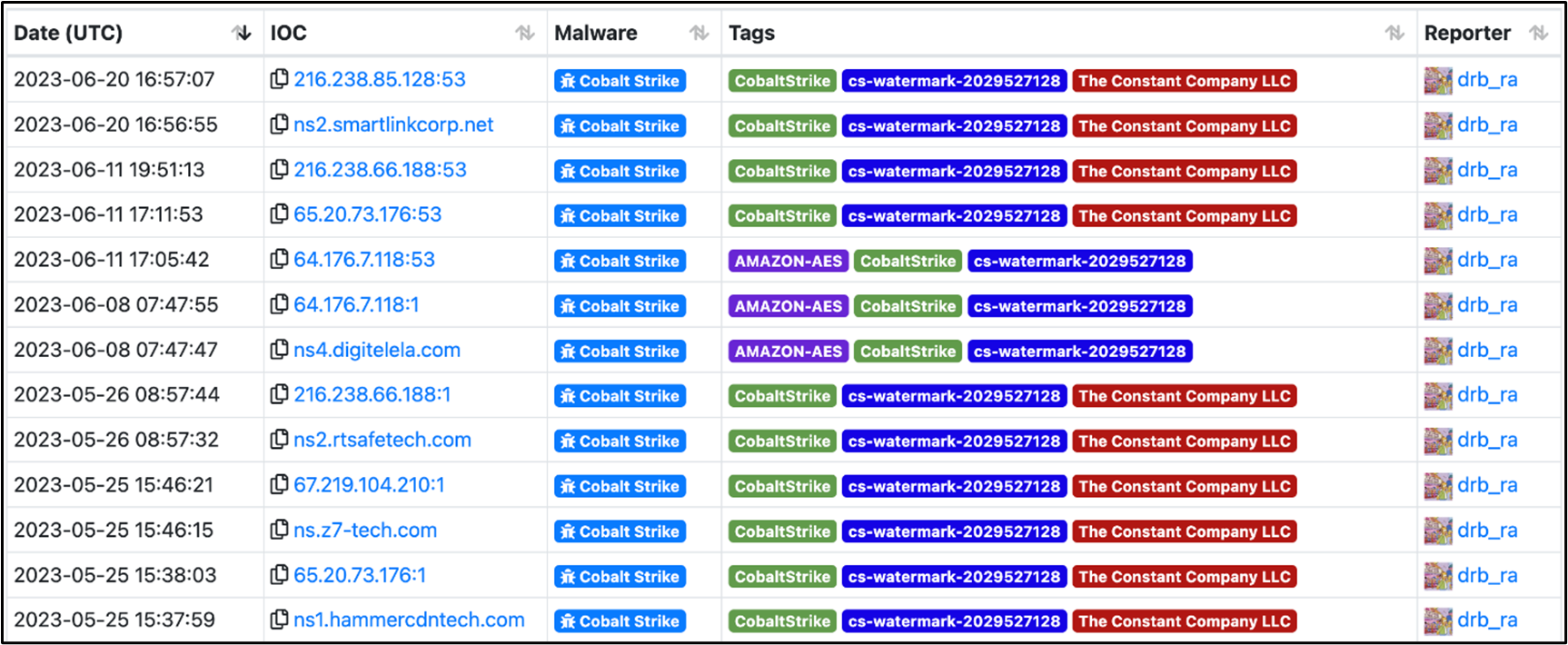
From these Cobalt Strike records, we noticed two new domains, digitelela[.]com and z7-tech[.]com, which we did not observe in our initial investigations. We then found another domain set possibly used by the threat actors based on the registrant information.
| Domain keyword search: “3087384364@qq[.]com” | ||
|---|---|---|
| Domain | Registers | Expires |
| z7-tech[.]com | Apr 8, 2023 07:40:13 a.m. | May 7, 2024 06:12:13 a.m. |
| hammercdntech[.]com | Apr 2, 2023 09:06:05 p.m. | Feb 1, 2024 01:10:53 a.m. |
| linkaircdn[.]com | Mar 20, 2023 11:00:31 p.m. | Apr 6, 2024 07:56:21 a.m. |
| rtsoftcorp[.]com | Mar 12, 2023 11:30:17 p.m. | Mar 13, 2024 06:31:22 p.m. |
| publicdnsau[.]com | Feb 2, 2023 10:40:27 p.m. | Mar 7, 2024 06:11:58 p.m. |
| uswatchcorp[.]com | Jan 1, 2023 10:48:42 p.m. | Feb 11, 2024 06:40:36 p.m. |
| anynucleus[.]com | Oct 30, 2022 06:11:31 a.m. | Nov 15, 2023 11:12:23 p.m. |
| digitelela[.]com | Oct 7, 2022 07:27:56 p.m. | Oct 2, 2023 06:00:40 p.m. |
| dns2021[.]net | Apr 10, 2022 09:33:30 a.m. | Feb 27, 2023 07:59:16 a.m. |
| lyncidc[.]com | N/A | Aug 19, 2021 01:00:32 a.m. |
Like the domain sets we found listed in Table 4, there are several common pieces of information, such as the country registration derived under these domains and subdomains. Specifically, the domains follow a ns{number}.{domain} format and are designed for a Cobalt Strike beacon to send and receive commands via DNS tunneling.
- cdn-xxxxx.{domain}
- cdnxxxxxxxx.{domain}
- xxxxxx.ns1.{domain}
- xxxxxx.ns2.{domain}
- xxxxxx.ns3.{domain}
- xxxxxx.ns4.{domain}
Analyzing the preceding C&C domains and the resolved IP addresses, we found their C&C servers hosted on virtual private server (VPS) services located in different countries. We summarize the distribution of C&C servers here:
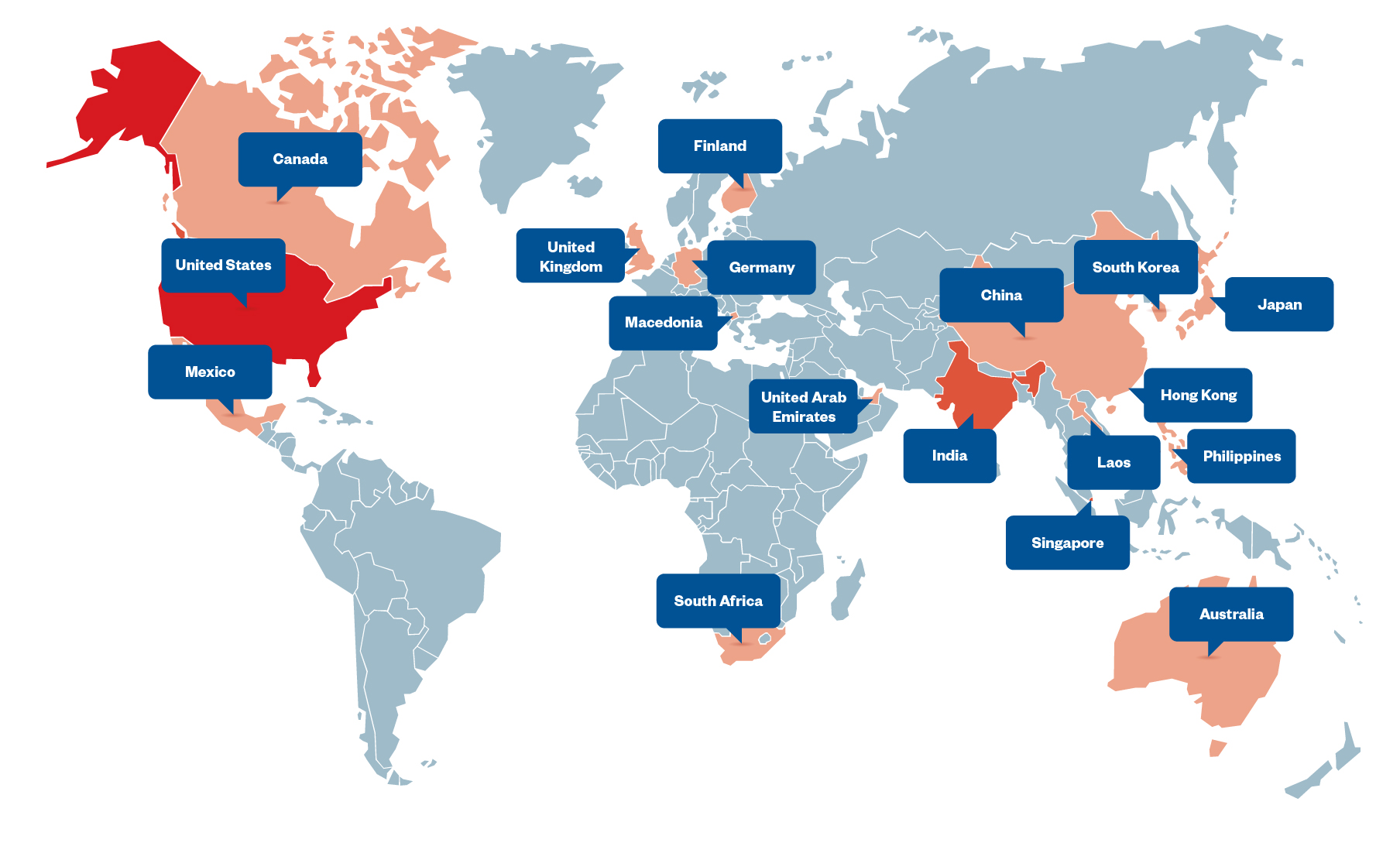
Victimology
Based on our investigation, Earth Estries focuses its attack targeting and attempts on government-related organizations and technology companies in the Philippines, Taiwan, Malaysia, South Africa, Germany, and the US. We also observed the network traffic to C&C servers in Canada and the occurrence of toolset detections in India and Singapore, making these regions potentially highly affected regions. Organizations in the identified countries should not only reexamine their systems for possible intrusions and unauthorized traffic exchanges but also reinforce their existing security measures.
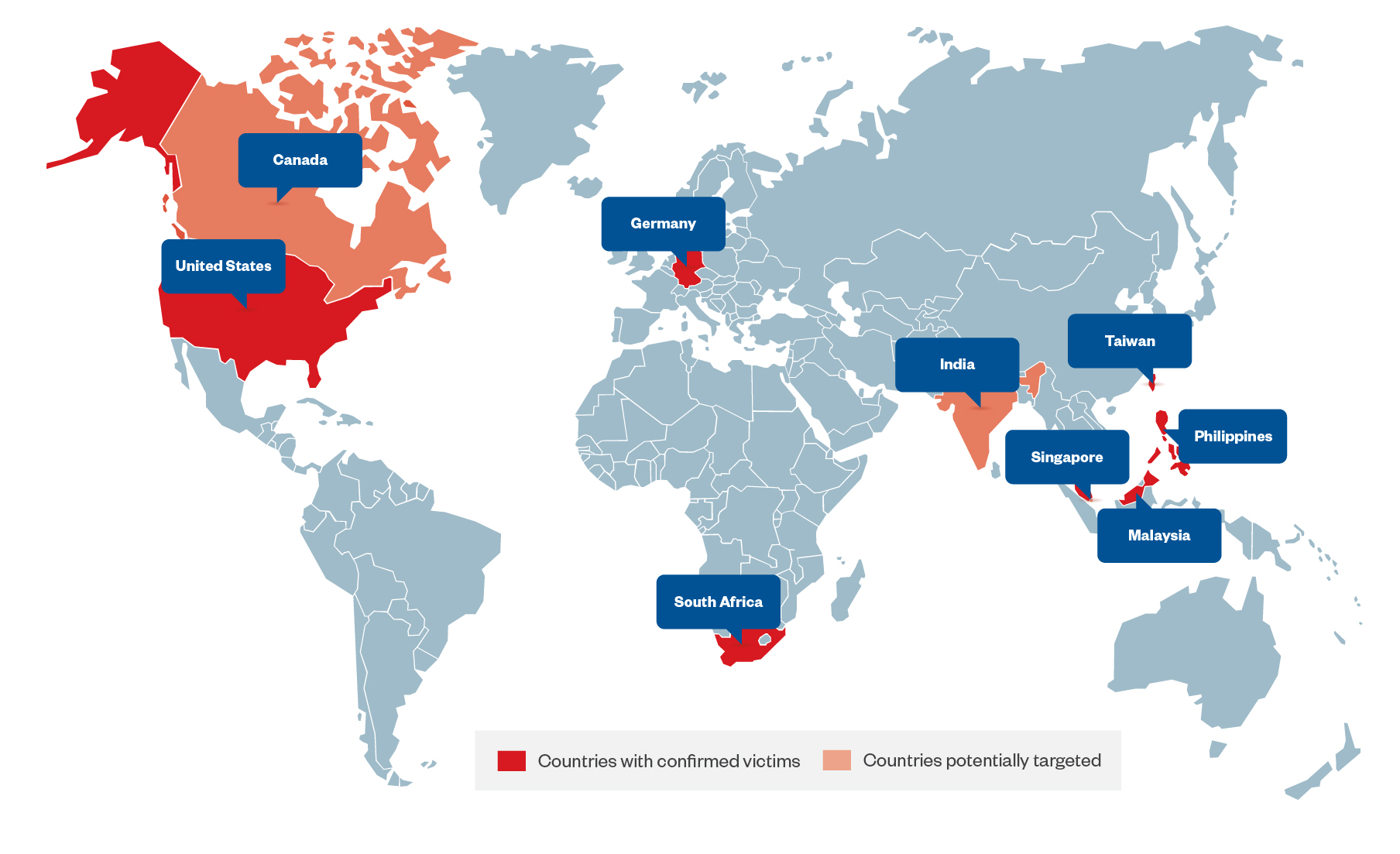
Attribution
While tracking the campaign, we noticed the threat actors using “ping” to test if a remote server is available before accessing it. Figure 10 shows one of the tests performed by Earth Estries, at the same time our tracking found that the threat actors tried to see if the remote server with IP address 103.133.137[.]157 is available.
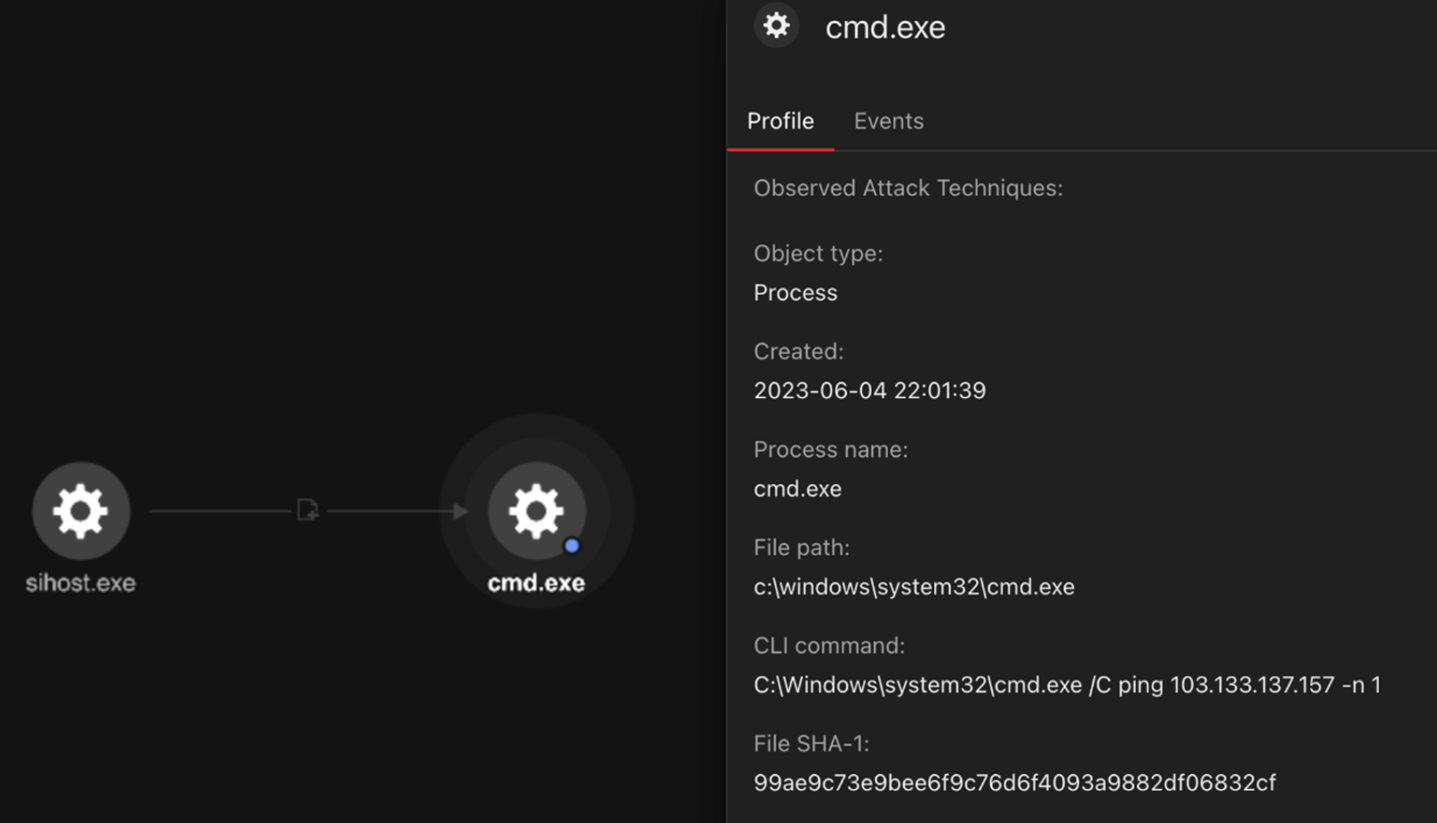
In addition, Earth Estries used some tools and TTPs that overlap with FamousSparrow. We compared the backdoor loader used in this campaign to the loader mentioned in the previous report. As for TTPs, Earth Estries also tends to use .CAB files to deploy their malware and toolset to the victim’s environment, which reinforced the tracking we found and initial country reports responsible for the attacks.
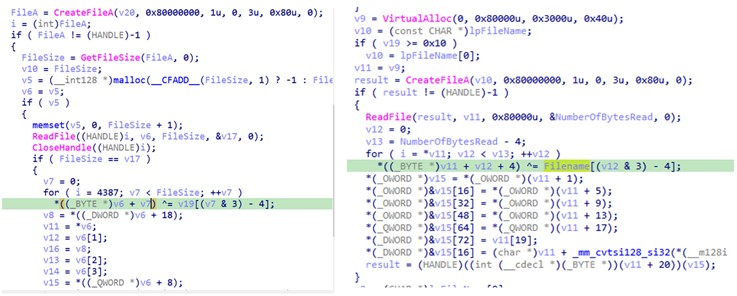
Conclusion
Earth Estries is a sophisticated hacker group that has been active since at least 2020 and that focuses on deploying cyberespionage campaigns. It targets government and technology organizations in various countries and is capable of implementing advanced techniques such as the use of multiple backdoors and hacking tools to gain access to its targets.
By compromising internal servers and valid accounts, the threat actors can perform lateral movement within the victim’s network and carry out their malicious activities covertly. The use of Zingdoor as part of the routine to ensure that the backdoor cannot be unpacked easily drive additional challenges for analysts and security teams to make it more difficult to analyze. They also use techniques like PowerShell downgrade attacks and novel DLL sideloading combinations to evade detection. Moreover, the code similarities and TTPs between Earth Estries and FamousSparrow suggests a possible connection between them. Other pieces of evidence, such as tracked IP addresses and common technical formatting themes observed in their operation, indicate strong ties that can be investigated and analyzed further.
Understanding the methods used by Earth Estries can help organizations improve their security measures and protect their digital assets. It is essential for individuals and companies to stay vigilant and take necessary actions to enhance their cybersecurity to safeguard against such cyberespionage campaigns. Trend Vision One™ provides security teams and analysts to visualize all the separate components of the organization from a single platform to monitor and track the tools, behaviors, and payloads as the routine attempts to move and execute in the organization’s networks, systems, and infrastructure while simultaneously detecting and blocking the threats as left of the attack or infection routine as possible.
MITRE ATT&CK
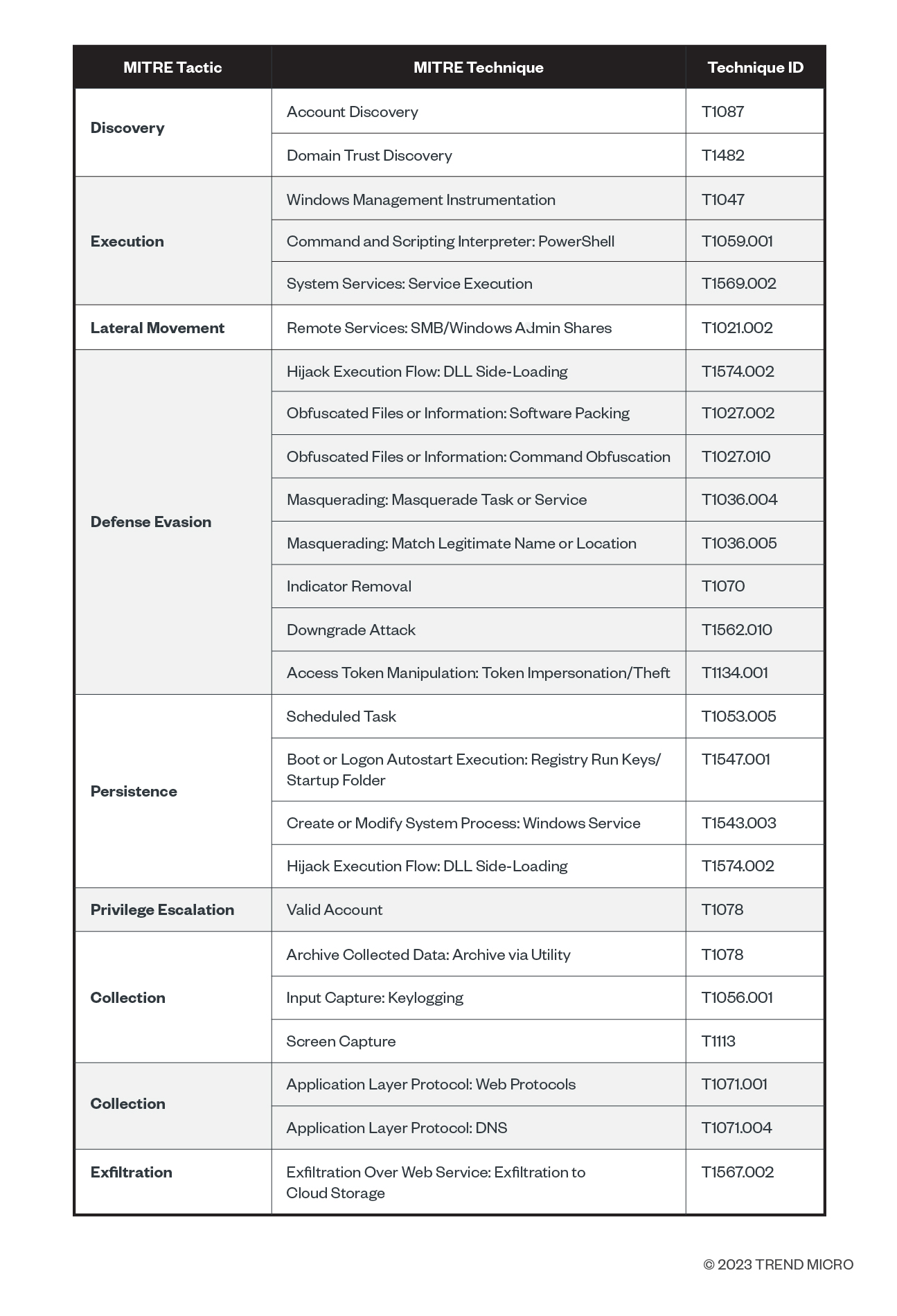
Indicators of Compromise (IOCs)
Download the list of IOCs here.